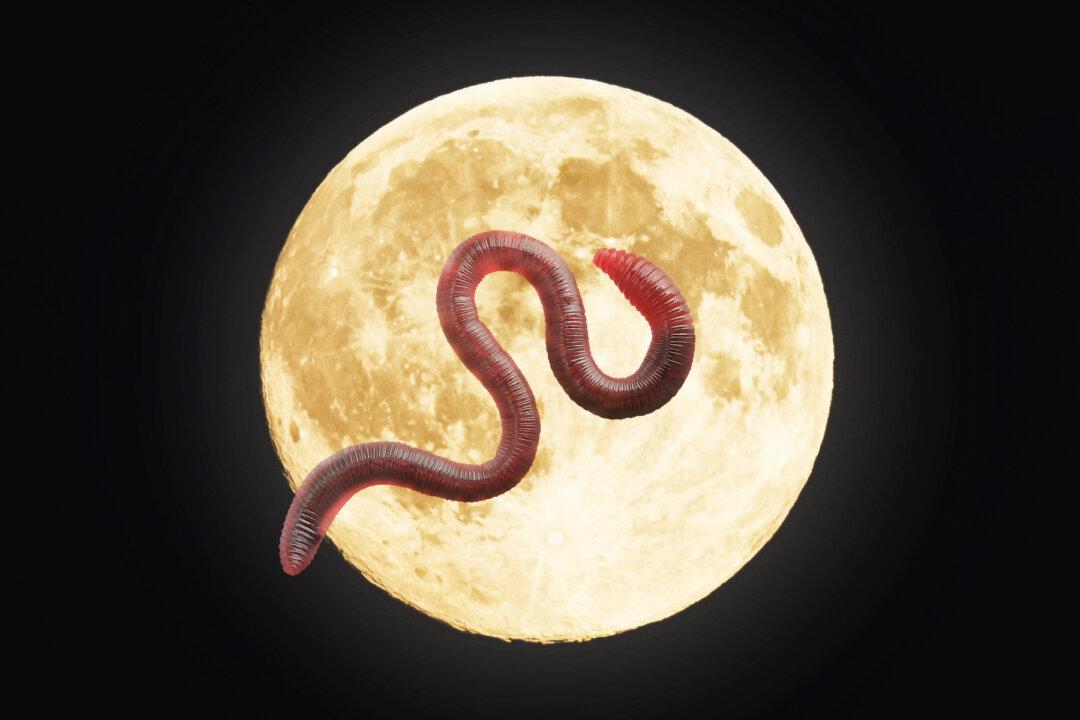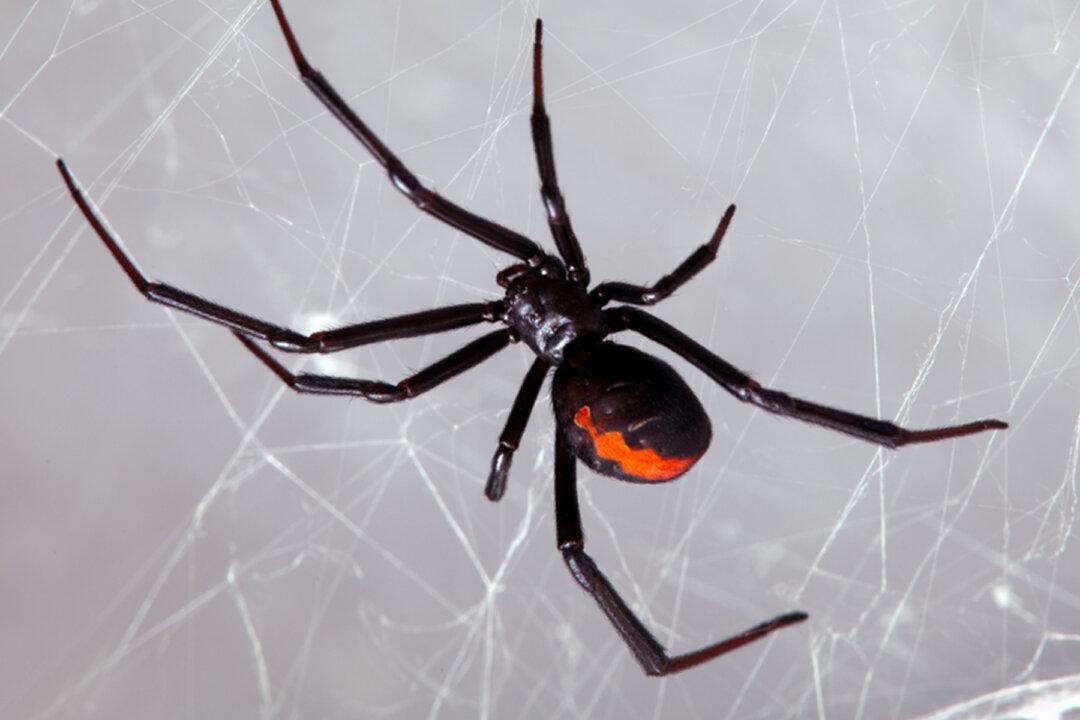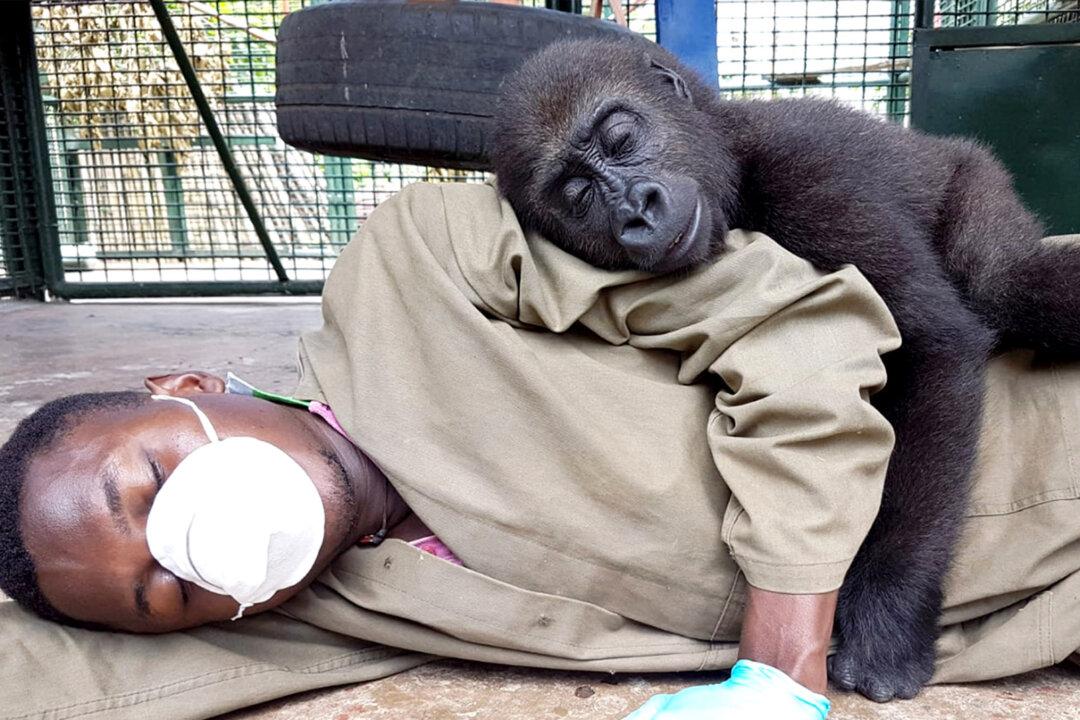A full, bright “Super Worm Moon” marks the start of both spring and U.S. daylight savings time for 2020. It will appear for three days, reaching its peak at 1:48 a.m. EDT on Monday, March 9. Known by many names, it is the closest full moon to the spring equinox and also marks the first of three consecutive super moons in the year.
A super moon is when a full moon occurs while at its closest position to Earth—a position known as a perigee. The full Worm Moon got its name because it occurs right when the ground begins to soften, when earthworm casts start appearing, and when robins and other birds begin to feed—truly the start of spring, per The Farmer’s Almanac.





